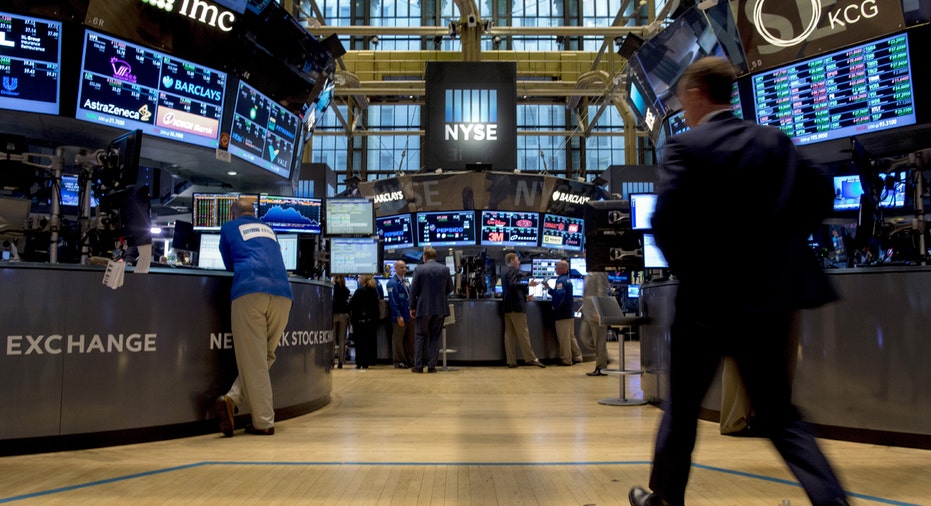Rotate Positions But Don't Sell in May and Go Away

As summer approaches and traders are lured away from their trading desks into the warm sunshine, investors might be tempted to put the age-old adage “sell in May and go away” to use.
But before you exit your positions and trade the market for the beach until September, analysts say you should consider the market’s historical performance during the summer months.
Since April 30, 1945, the S&P 500 rose an average of 6.8% from November through April, while it had an annualized gain of just 1.4% from May to October, according to data from S&P Global Market Intelligence. However, Sam Stovall, U.S. equity strategist for S&P GMI, said the 1.4% return is better than an investor would get in cash.
“History argues that an investor would have done better rotating than retreating,” he said in a note.
He pointed to data that showed strategies over the last 25 years that have incorporated cash, bonds, smart beta and S&P 500 defensive sectors including consumer staples and health care, offered the highest market-beating returns alongside below-market volatility.
Casey Clark, vice president of investment strategy at Glenmede Trust Company, which oversees $30.6 billion in assets under management, said the firm recommends clients take advantage of the recent run up in the U.S. stock market, and trim their exposure to risk. After the worst start to a new year ever in January, equities have bounced back to post year-to-date gains on the broader averages.
“We recommend trimming equities and moving to an overall below-average risk posture. Certainly it’s not a sell-everything approach where it’s panicking…we are still underweight fixed income and recommend shifting into a combination of assets including liquid alternatives,” Clark said.
Tim Courtney, chief investment officer at Exencial Wealth Advisors, which oversees $1.4 billion in assets, offered a bit of caution about moving into defensive sectors, saying they’ve become more expensive recently. He added that since defensives are favored by investors for their consistent dividend streams, offering an alternative to bonds, they may face selling if the Federal Reserve increases interest rates over the next few months.
“Look at utilities, some of the consumer staples stocks, those are not cheap,” he said. “There’s no reason to switch into those expensive areas, and you should instead focus on areas that are more reasonably priced.”
In addition to a rising-rate environment in the U.S., Clark said there are other risks investors should look out for as they reposition their portfolios for the usually-quieter summer season. He pointed to the Brexit referendum – a vote on whether the UK will terminate its membership with the European Union – in mid-June, followed by the November U.S. general election and continued worries over the health of the global economy, including China.
Clark said it’s best to take a cue from the Federal Reserve after its June meeting, and assess how it views the U.S.’s exposure to the Brexit vote and the U.S. election.
“We’re wondering about the global picture and how much that plays into the Fed’s decision. It’s in a tough spot right now because they’re approaching their labor-market targets and their dual mandate, but amid a fragile global economy,” he said. “So, the Fed really has to take that into account and be more sensitive when they decide to raise rates.”
Clark said that’s one of the big wild cards when it comes to events that could lead to heightened volatility in the middle of 2016.
Courtney agreed, saying the markets could become more jumpy as the year progresses if events like the Brexit referendum and the presidential election don’t play out as Wall Street expects.
“These are two big unknowns. And the market really can’t get a read on either one in terms of how they’ll affect economics…markets put a premium on information and certainty, and we just don’t have it on either of those issues,” he said.